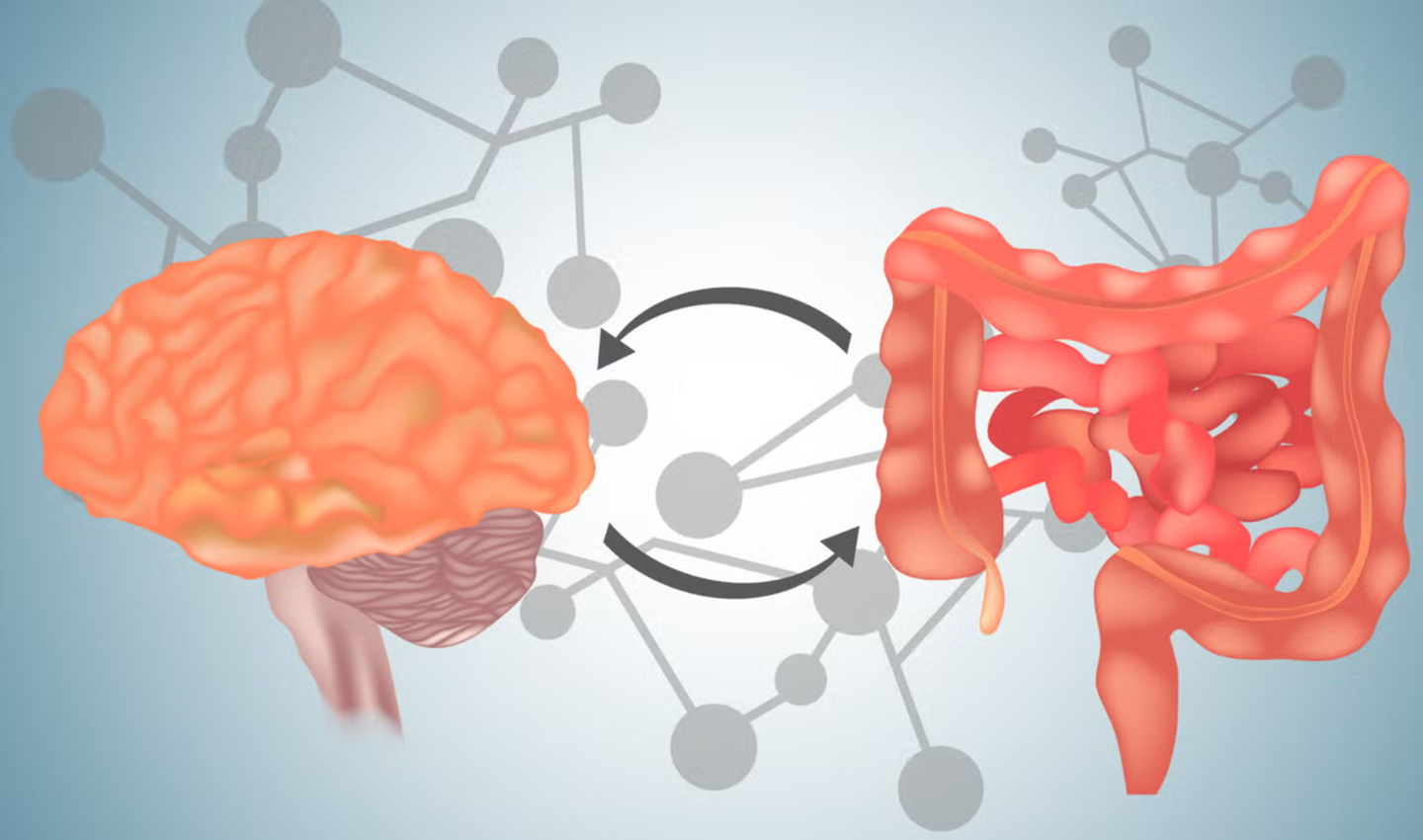Scientists unlock the full power of quantum computing with neglected particles
Researchers have discovered the neglecton, a long-overlooked particle that could make universal quantum computing possible.

A new particle called the neglecton could make universal quantum computing possible using Ising anyons alone. (CREDIT: Shutterstock)
Quantum computers could one day solve problems no supercomputer can touch. They promise breakthroughs in cryptography, materials science, drug discovery, and beyond. Yet these machines are fragile. The quantum bits, or qubits, that hold and process information are sensitive to even the smallest disturbances. Heat, light, or magnetic noise can scramble their delicate quantum states, causing errors that pile up fast.
One of the most promising solutions is topological quantum computing. This approach protects information by encoding it in the geometric properties of unusual particles called anyons. Unlike ordinary particles, anyons can exist only in certain two-dimensional systems. Theoretical studies suggest they resist noise far better than conventional qubits, making them strong candidates for building a stable quantum computer.
Aaron Lauda, professor of mathematics, physics, and astronomy at the University of Southern California, explained why one type of these particles is so appealing: “Among the leading candidates for building such a computer are Ising anyons, which are already being intensely investigated in condensed matter labs due to their potential realization in exotic systems like the fractional quantum Hall state and topological superconductors.”
The limits of Ising anyons
Ising anyons store quantum information through a process called “braiding,” where you physically move them around one another. This movement changes the overall quantum state in a predictable way, allowing you to perform quantum logic. But there’s a catch. Braiding Ising anyons can only perform a restricted set of logic operations called Clifford gates. That means they can’t handle every possible quantum computation on their own.
Physicists have explored ways to get around this, like adding operations that aren’t protected by topology or using short-range interactions between anyons. These methods can extend the computing power but often require complicated error correction, which takes away some of the natural stability that makes anyons attractive in the first place.
Related Stories
- Silicon qubits bring scalable quantum computing closer to reality
- Major achievement in quantum mechanics redefines quantum computing, encryption
A surprising missing piece
Now, a USC-led research team has found a way to make Ising anyons truly universal for quantum computation using braiding alone. Their study, published in Nature Communications, introduces a single extra particle type that fills the gap in the Ising anyon toolkit. They call it the “neglecton” — a name chosen because it was discarded in past mathematical treatments.
This new particle appears in a broader framework known as non-semisimple topological quantum field theory, or TQFT. Traditional TQFT models describe anyons using a streamlined mathematical structure called a “semisimple” framework. In that process, anything with “quantum trace zero” is thrown away as mathematically useless. But in the non-semisimple version, these discarded objects remain — and one of them turns out to be the neglecton.
“But those discarded objects turn out to be the missing piece,” Lauda said. “It’s like finding treasure in what everyone else thought was mathematical garbage.”
The beauty of this approach is its simplicity. You only need one neglecton, and it doesn’t even have to move. The computation happens entirely by braiding Ising anyons around it.
Taming mathematical instability
Non-semisimple theories bring their own challenges. They can violate a key principle called unitarity, which ensures quantum probabilities always add up to one. Many researchers would see this as fatal for a quantum computing model.
Lauda’s group found a way around it. They designed their quantum encoding so the unstable mathematical behavior never touches the part of the system where computation happens. “Think of it like designing a quantum computer in a house with some unstable rooms,” Lauda said. “Instead of fixing every room, you ensure all of your computing happens in the structurally sound areas while keeping the problematic spaces off-limits.”
In this setup, the computational Hilbert space — the mathematical space where qubits live — stays perfectly stable. Any unitarity problems are quarantined in unused parts of the theory.
From theory to experiment
The team’s results build on decades of research into the fractional quantum Hall effect, a phenomenon seen in ultraclean two-dimensional electron systems under strong magnetic fields. In certain cases, like the ν = 5/2 filling fraction, these systems are thought to host non-Abelian anyons, including Ising types. The ν = 5/2 state has been observed in experiments and matches the so-called Moore-Read Pfaffian wavefunction predicted by conformal field theory.
These systems are attractive for topological quantum computing because they have a large quasiparticle gap. This gap makes it hard for stray thermal excitations to appear and disrupt the computation. And since the anyons carry electric charge, you can move them around with electrostatic gates that offer very low error rates.
The new framework adds to this by introducing the stationary neglecton as a computational anchor. If experimentalists can find a material platform that naturally produces this particle type, they could perform universal quantum computing with particles already familiar to condensed matter physics.
“What’s particularly exciting is that this work moves us closer to universal quantum computing with particles we already know how to create,” Lauda said. “The math gives a clear target: If experimentalists can find a way to realize this extra stationary anyon, it could unlock the full power of Ising-based systems.”
Engineering the braids
Braiding anyons is not just an abstract idea. In practice, it means moving particles along carefully designed paths so their exchanges produce specific quantum gates. The researchers showed that by braiding pairs of σ anyons — a type within the Ising family — around collections of other anyons, you can create controlled operations that entangle qubits.
They also described a method to keep “leakage” into noncomputational spaces very small. This is important because if a computation drifts into unused parts of the Hilbert space, it can produce errors. Their method builds these control gates iteratively, avoiding heavy-duty mathematical shortcuts like the Solovay-Kitaev theorem.
Parallels with Fibonacci anyons
The new model’s physical realizability might resemble that of Fibonacci anyons, another powerful non-Abelian type thought to appear in fractional quantum Hall systems at ν = 12/5. Fibonacci anyons can perform universal quantum computation through braiding alone, but their simplest “chiral” form can’t be realized by a simple two-dimensional lattice Hamiltonian. A “doubled” version can, and this insight helped researchers design the Levin-Wen model — a lattice framework that supports gapped, topologically ordered states.
Lauda’s team has worked on non-semisimple versions of these Levin-Wen models, which still produce stable ground states and anyonic excitations despite having indefinite norms in their mathematical structure. This connection hints that neglectons might be realized in gapped systems under the right conditions.
Where to look next
Some condensed matter systems, including certain spin chains with modified boundary conditions, could host the new anyon types. These hints give experimentalists a starting point for hunting neglectons in the lab. Fractional quantum Hall states remain the most promising avenue, especially since researchers already know how to create and manipulate Ising anyons there.
If the neglecton can be realized, it would mean you could build a universal topological quantum computer without relying on delicate, non-topological operations. That could be a huge leap forward for quantum technology, offering the long-sought combination of universality, scalability, and fault-tolerance.
And it all started with the decision not to throw away what the math said was useless.
Note: The article above provided above by The Brighter Side of News.
Like these kind of feel good stories? Get The Brighter Side of News' newsletter.



